Home>Garden Essentials>When To Plant Indian Paintbrush Seeds
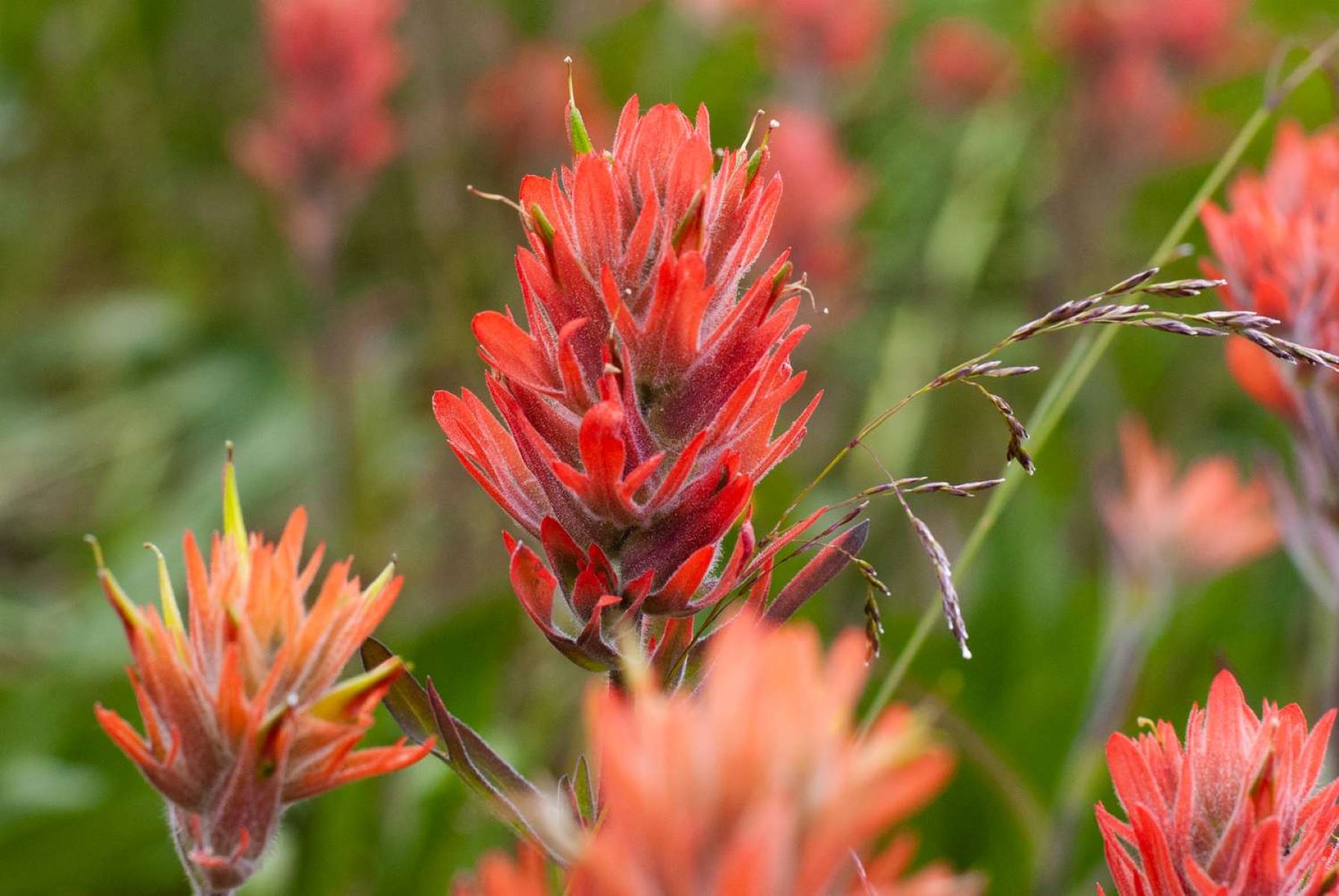

Garden Essentials
When To Plant Indian Paintbrush Seeds
Modified: March 16, 2024
Learn when to plant Indian paintbrush seeds in your garden for a vibrant burst of color. Discover the ideal season and best practices for successful growth.
(Many of the links in this article redirect to a specific reviewed product. Your purchase of these products through affiliate links helps to generate commission for Storables.com, at no extra cost. Learn more)
Introduction
Welcome to the wonderful world of gardening! Whether you’re a seasoned green thumb or just starting to explore the joys of cultivating plants, there’s something truly magical about watching your garden grow. One of nature’s most captivating creations is the Indian Paintbrush plant, with its vibrant, eye-catching flowers that add a burst of color to any landscape.
If you’ve been fortunate enough to stumble upon Indian Paintbrush seeds, you may be wondering when the best time is to plant them and how to ensure their successful growth. In this article, we’ll dive deep into the world of Indian Paintbrush seeds and guide you through the process of planting and caring for these delightful plants.
Before we delve into the details, let’s take a moment to appreciate the unique characteristics of Indian Paintbrush seeds. Native to North America, these seeds come from the Castilleja plant, which belongs to the Orobanchaceae family. Indian Paintbrush plants are known for their beautiful and elongated floral bracts that bear a striking resemblance to a paintbrush dipped in vibrant hues of red, orange, pink, yellow, or purple.
Not only are Indian Paintbrush plants a sight to behold, but they also play a vital role in the ecosystem. They are partially parasitic plants, often attaching their roots to the roots of other plants to access nutrients. This unique characteristic allows them to survive in a variety of conditions, making them adaptable and resilient.
Now that we have some background on these incredible plants, let’s explore the factors you should consider before planting Indian Paintbrush seeds to ensure their success.
Key Takeaways:
- Plant Indian Paintbrush seeds in the fall for best results, mimicking their natural germination process. Consider climate, soil, and light, and be patient as they have a low germination rate.
- Care for Indian Paintbrush plants by providing moderate water, minimal fertilization, and addressing common issues like poor germination and inadequate flowering. Enjoy their beauty and ecological role in your garden.
Read more: When To Plant Yarrow Seeds
Understanding Indian Paintbrush Seeds
Before you embark on your Indian Paintbrush gardening journey, it’s important to have a good understanding of the seeds themselves. Indian Paintbrush seeds are small, ranging in size from 1 to 3 millimeters. They are oval-shaped and covered in a tough protective coating that helps them withstand various environmental conditions.
Indian Paintbrush seeds have a unique germination process. They require a period of cold stratification, which mimics the natural winter conditions that trigger their growth. This means that the seeds need to experience a period of low temperatures (between 35°F to 40°F) for several weeks before they can successfully germinate.
Additionally, Indian Paintbrush seeds have a low germination rate. Only about 10 percent of the seeds typically germinate in the wild. This low rate can be attributed to various factors, including natural seed predation and the specific conditions required for germination.
Given these characteristics, it’s essential to provide the right conditions and care to increase the chances of successful germination and growth. Let’s now explore the factors to consider before planting Indian Paintbrush seeds.
Factors to Consider Before Planting Indian Paintbrush Seeds
While Indian Paintbrush plants are beautiful and unique, they do require specific conditions for optimal growth. Before you begin planting Indian Paintbrush seeds, consider the following factors:
- Climate: Indian Paintbrush plants thrive in regions with a moderate climate. They prefer areas with cool to mild temperatures and a balanced blend of sun and shade. Consider the climate of your location and ensure it aligns with the plant’s preferences.
- Soil Type: Indian Paintbrush plants prefer well-draining soil that is rich in organic matter. They can tolerate various types of soil, including sandy, loamy, or clayey soils, as long as the soil is well-draining. Perform a soil test to assess the pH level and amend the soil if necessary.
- Light Requirements: Indian Paintbrush plants thrive in full to partial sun. They require at least four to six hours of direct sunlight each day for optimal growth and flowering. Ensure that the planting location provides adequate sunlight or shade, depending on the climate and environmental conditions of your region.
- Companion Plants: Indian Paintbrush plants are partially parasitic and often attach their roots to the roots of other plants to access nutrients. Consider planting them alongside compatible species, such as native grasses or perennial wildflowers, to create a harmonious and supportive ecosystem in your garden.
- Watering Needs: Indian Paintbrush plants have moderate water requirements. They prefer moist soil but can tolerate periods of drought once established. Avoid overwatering, as it can lead to root rot and other fungal diseases. Water the plants deeply, allowing the soil to dry out between watering sessions.
By considering these factors and providing the ideal conditions for Indian Paintbrush plants, you can create an environment where they will flourish. In the next section, we’ll discuss the best time to plant Indian Paintbrush seeds to maximize their chances of success.
Best Time to Plant Indian Paintbrush Seeds
The timing of planting Indian Paintbrush seeds is crucial for their successful germination and growth. It’s important to consider the natural life cycle of these plants and the specific climate of your region. Generally, the best time to plant Indian Paintbrush seeds is in the fall.
Planting in the fall allows the seeds to undergo a period of cold stratification during the winter months. This mimics the natural process the seeds would undergo in the wild. The cold temperatures break down the protective coating of the seeds, allowing them to germinate when the conditions become favorable in the spring.
In regions with mild winters, you can plant Indian Paintbrush seeds in late fall, around November or December. Ensure that the seeds have enough time to experience the required cold stratification period before the arrival of warm temperatures in the following spring. In colder regions, you can plant the seeds as early as September.
If you missed the fall planting window, you can still plant Indian Paintbrush seeds in the early spring. However, you will need to artificially simulate the cold stratification process. This can be achieved by placing the seeds in a plastic bag along with a moist substrate, such as damp vermiculite or peat moss. Place the bag in the refrigerator for six to eight weeks before sowing the seeds in the spring.
Keep in mind that Indian Paintbrush seeds have a low germination rate, so it’s recommended to sow a larger quantity to increase the chances of successful germination. Thin out the seedlings once they emerge to provide enough space for each plant to grow.
Now that you know the best time to plant Indian Paintbrush seeds, let’s move on to the steps involved in planting them.
Plant Indian paintbrush seeds in the fall, just before the first frost, or in early spring. They need a period of cold stratification to germinate, so planting them before winter or early spring will help them grow successfully.
Steps to Plant Indian Paintbrush Seeds
Planting Indian Paintbrush seeds requires careful preparation and attention to detail. By following these steps, you can maximize the chances of successful germination and growth:
- Prepare the Soil: Start by preparing the planting area. Clear away any weeds or debris and loosen the soil to a depth of about six inches. Ensure that the soil is well-draining and amend it with organic matter if needed.
- Sow the Seeds: Scatter the Indian Paintbrush seeds over the prepared soil. Aim for a uniform distribution, as this will create a natural and visually appealing display once the plants grow.
- Press the Seeds: Gently press the seeds into the soil using the back of a rake or by walking over the area. This helps to ensure good seed-to-soil contact, which is essential for successful germination.
- Protect the Seeds: To protect the seeds from birds and other seed predators, you can cover the planting area with a thin layer of straw or a fine mesh netting. This will deter animals without inhibiting the seeds’ ability to receive sunlight and water.
- Water the Seeds: After sowing the seeds, water the planting area thoroughly. Use a gentle spray or mist setting to avoid dislodging the seeds. Keep the soil consistently moist but not waterlogged throughout the germination period.
- Monitor and Maintain: Regularly inspect the planting area for any signs of germination. Once the seedlings emerge, thin them out to leave enough space for each plant to grow. Water the plants regularly, especially during dry periods, and provide shade during intense summer heat.
Remember that Indian Paintbrush seeds have a low germination rate, so be patient and give the seeds the time they need to sprout. It can take anywhere from several weeks to several months for the seeds to germinate and for the plants to establish themselves.
Now that you know how to plant Indian Paintbrush seeds, let’s move on to the next section to learn how to care for these beautiful plants.
Read more: When To Plant Celosia Seeds
Caring for Indian Paintbrush Plants
Once your Indian Paintbrush plants have successfully germinated and started to grow, it’s important to provide proper care to ensure their health and vitality. Here are some essential tips for caring for Indian Paintbrush plants:
- Watering: Indian Paintbrush plants have moderate water needs. While they prefer moist soil, overwatering can be detrimental to their growth. Water the plants deeply once a week, allowing the soil to dry out slightly between watering sessions. Adjust the frequency based on the weather conditions and the moisture retention of the soil.
- Fertilization: Indian Paintbrush plants do not typically require additional fertilization. They are adapted to thrive in natural soil conditions. However, if you notice poor growth or pale foliage, you can provide a light application of a balanced, slow-release fertilizer in early spring.
- Pruning: Indian Paintbrush plants generally do not require pruning. However, removing faded or damaged flowers can encourage more blooming and improve the overall appearance of the plants. Use clean gardening shears to make clean cuts just above a leaf node.
- Protection: In some regions, Indian Paintbrush plants may face challenges such as herbivores or harsh weather conditions. Protect the plants from grazing animals by installing appropriate fencing or deterrents. In extreme weather, such as heavy rains or storms, you can provide temporary shelter with stakes and a tarp to prevent damage or breakage.
- Support: Indian Paintbrush plants are partially parasitic and rely on neighboring plants for support. However, if you notice any signs of weak or drooping stems, you can provide support with small stakes or plant supports. This will help the plants maintain an upright and attractive posture.
- Enjoy and Observe: Finally, take the time to truly enjoy the beauty of your Indian Paintbrush plants. Observe them closely and appreciate the intricate details of their unique flowers. These plants not only add aesthetic appeal to your garden, but they also attract pollinators and contribute to the overall biodiversity of the ecosystem.
By following these care tips, you can help ensure the health and longevity of your Indian Paintbrush plants. However, keep in mind that these plants are best enjoyed in their natural habitat, and transplanting them to a garden setting may have varying degrees of success.
Now, let’s address some common issues that gardeners may encounter when growing Indian Paintbrush plants.
Troubleshooting Common Issues with Indian Paintbrush Plants
While Indian Paintbrush plants are generally resilient and low-maintenance, they can face a few common issues. Understanding these problems and knowing how to address them can help ensure the health and vitality of your plants. Here are some common issues you may encounter:
- Poor Germination: Indian Paintbrush seeds have a low germination rate, and not all seeds may successfully sprout. To improve germination rates, sow a larger quantity of seeds and ensure the planting conditions are optimal. If you experience poor germination, it may be necessary to sow additional seeds in subsequent planting seasons.
- Inadequate Flowering: If your Indian Paintbrush plants are not blooming as expected, it may be due to inadequate sunlight or nutrient deficiencies. Ensure the plants receive at least four to six hours of direct sunlight each day and perform a soil test to identify any nutrient deficiencies. Address these issues by providing the necessary conditions and amending the soil with organic matter or balanced fertilizers.
- Pest Infestation: Indian Paintbrush plants are generally resistant to pests and diseases. However, they can occasionally attract aphids, caterpillars, or grasshoppers. Monitor your plants regularly for any signs of pest infestation and address the issue promptly by applying organic pest control methods or using natural predators to keep the pest population under control.
- Overwatering: While Indian Paintbrush plants require adequate moisture, overwatering can lead to root rot and other fungal diseases. Ensure that the soil is well-draining and avoid watering excessively. Allow the top layer of soil to dry out between watering sessions, and adjust the watering frequency based on weather conditions and the moisture needs of your plants.
- Competition with Other Plants: Indian Paintbrush plants can struggle if they face intense competition from neighboring plants. Ensure that the planting area provides adequate space for the Indian Paintbrush plants to grow without excessive competition for sunlight, water, and nutrients. Thin out any overcrowded plants to create a favorable environment for your Indian Paintbrush plants.
By addressing these common issues proactively and providing the necessary care, you can overcome any challenges and help your Indian Paintbrush plants thrive. Remember to regularly observe and tend to your plants, as early intervention is key to maintaining their health.
Now that you’re equipped with troubleshooting tips, let’s conclude our journey into the world of Indian Paintbrush plants.
Conclusion
Congratulations on exploring the enchanting world of Indian Paintbrush plants! These vibrant and captivating flowers can bring a burst of color and beauty to any garden or landscape. By understanding the unique characteristics of Indian Paintbrush seeds, considering environmental factors, and following proper planting techniques, you can successfully grow these remarkable plants.
Remember to choose a suitable planting time, provide the right soil conditions, and ensure that your Indian Paintbrush plants receive adequate sunlight, water, and nutrients. With proper care and attention, these resilient plants will reward you with their stunning flowers and contribute to the biodiversity of your garden.
While Indian Paintbrush plants are known for their beauty, it’s also important to appreciate their ecological role. These partially parasitic plants play a vital role in the natural ecosystem, attaching their roots to neighboring plants and creating a harmonious interaction among species. By incorporating Indian Paintbrush plants into your garden, you can contribute to the preservation of these unique and valuable plant species.
Throughout your journey of growing Indian Paintbrush plants, be observant and responsive to the needs of your plants. Address common issues such as poor germination, inadequate flowering, pests, and overwatering proactively to ensure the health and vitality of your plants. Remember that gardening is a continuous learning process, and each season presents new opportunities for growth and discovery.
So, whether you’re starting your garden from scratch or adding Indian Paintbrush plants to your existing landscape, enjoy the process and take pleasure in the beauty that nature has to offer. Gardening is a fulfilling and rewarding experience, and the joy of watching your Indian Paintbrush plants flourish is just the beginning of a lifelong love affair with plants and nature.
Now, armed with knowledge and enthusiasm, go forth and create a haven for Indian Paintbrush plants in your garden. Happy planting!
Frequently Asked Questions about When To Plant Indian Paintbrush Seeds
Was this page helpful?
At Storables.com, we guarantee accurate and reliable information. Our content, validated by Expert Board Contributors, is crafted following stringent Editorial Policies. We're committed to providing you with well-researched, expert-backed insights for all your informational needs.








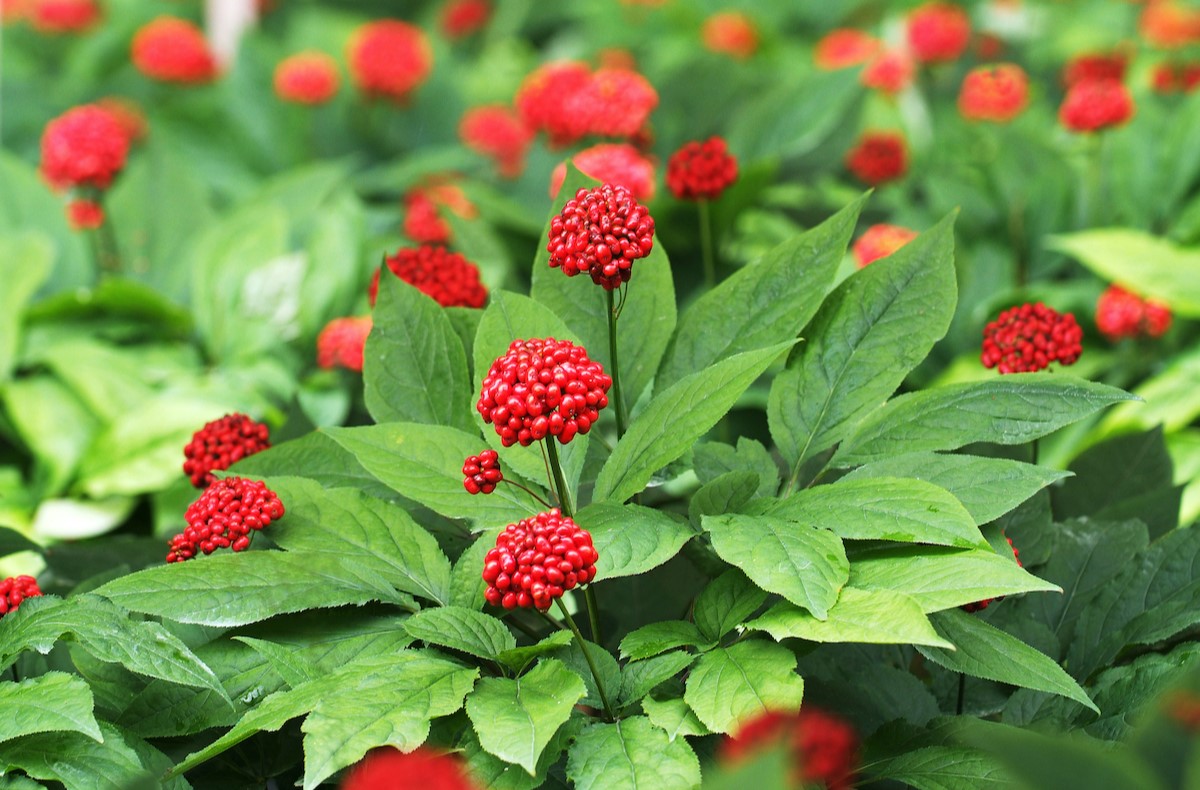
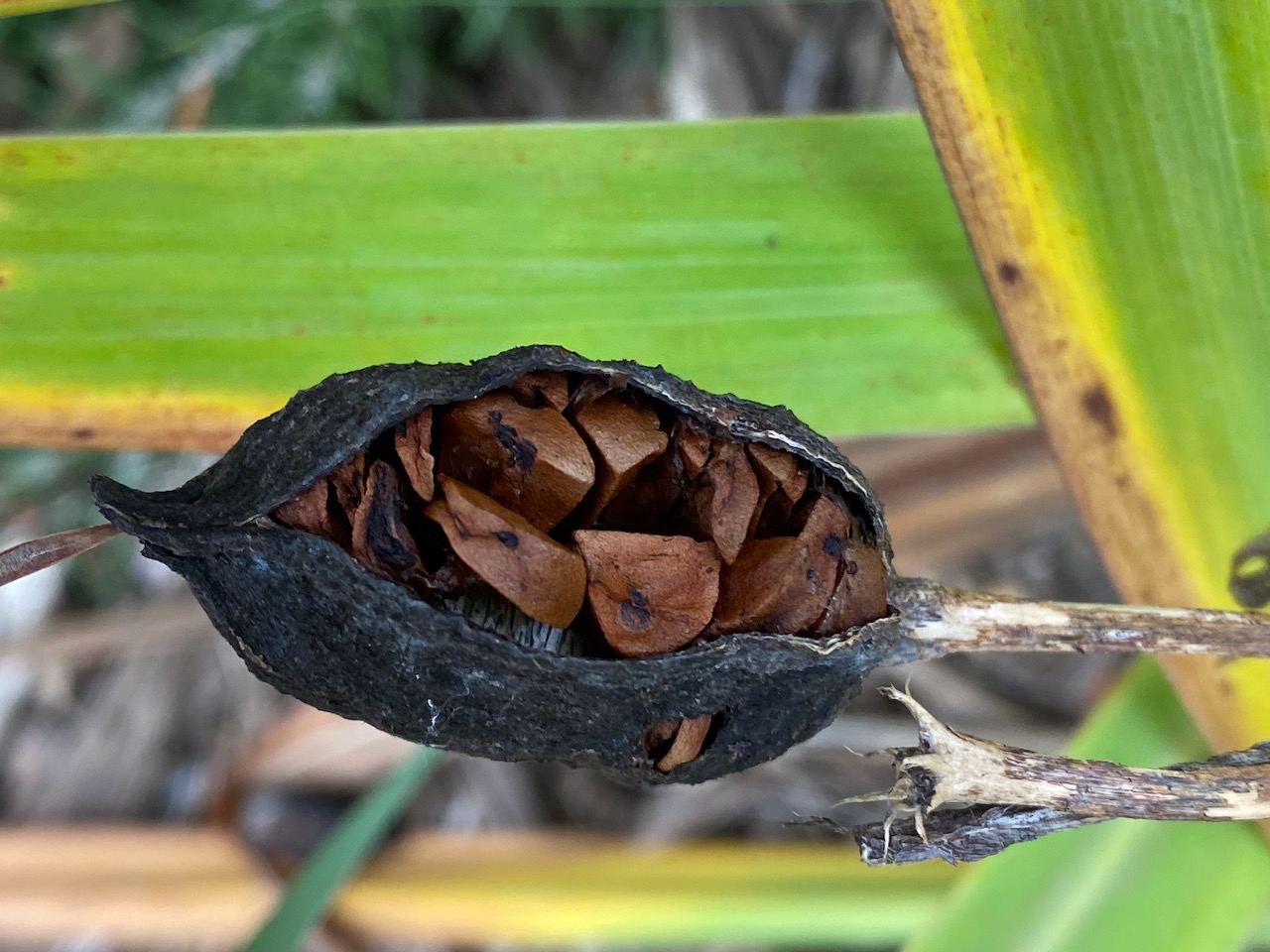
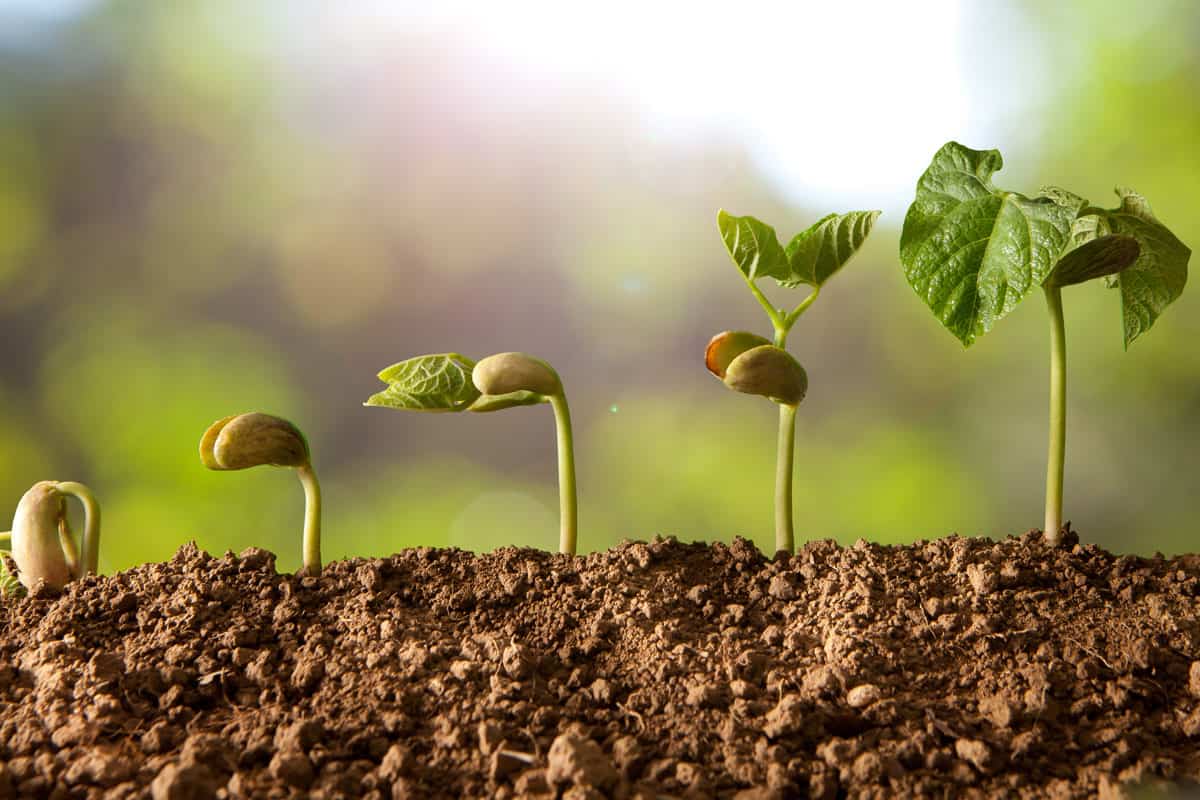
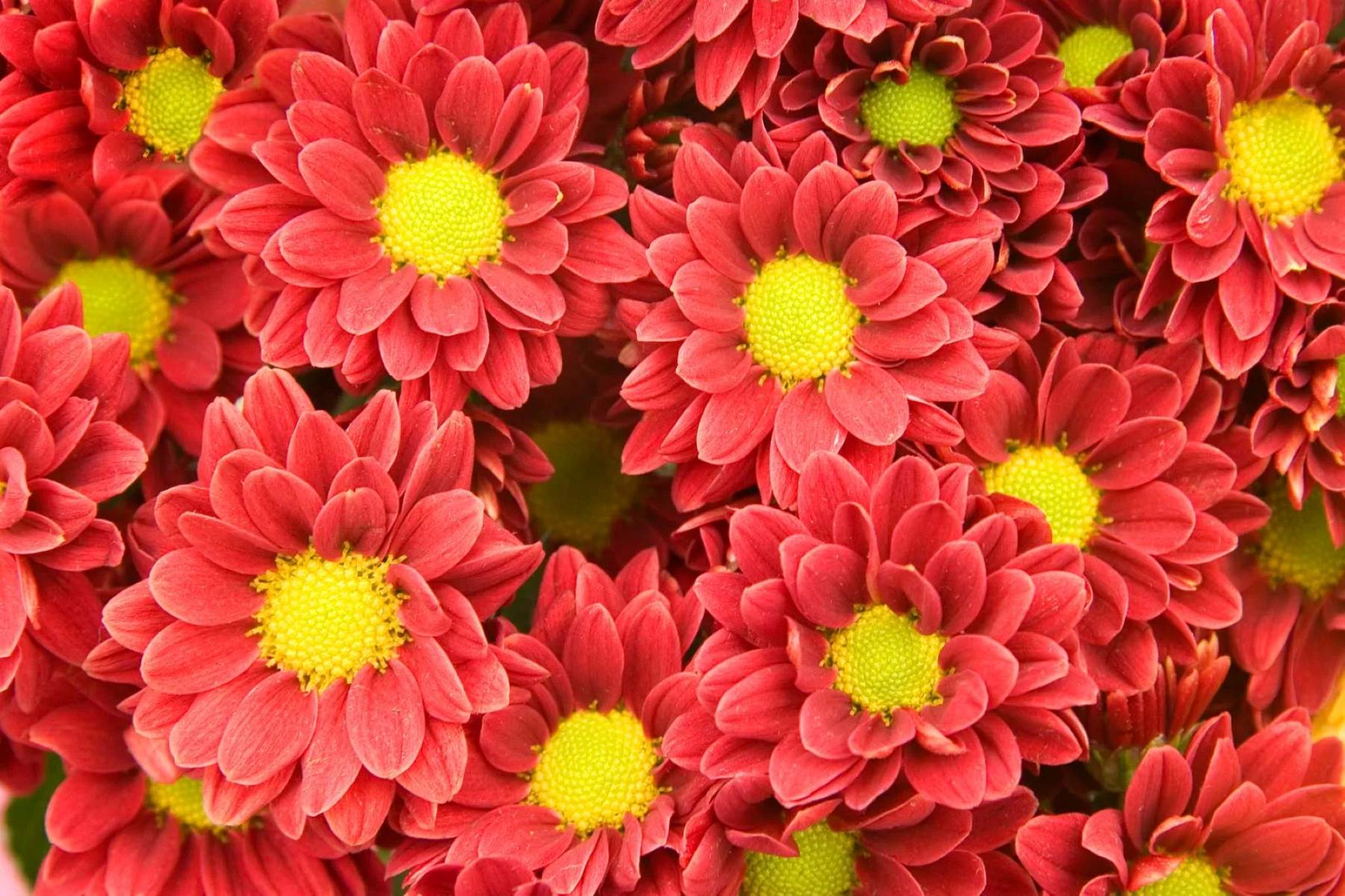
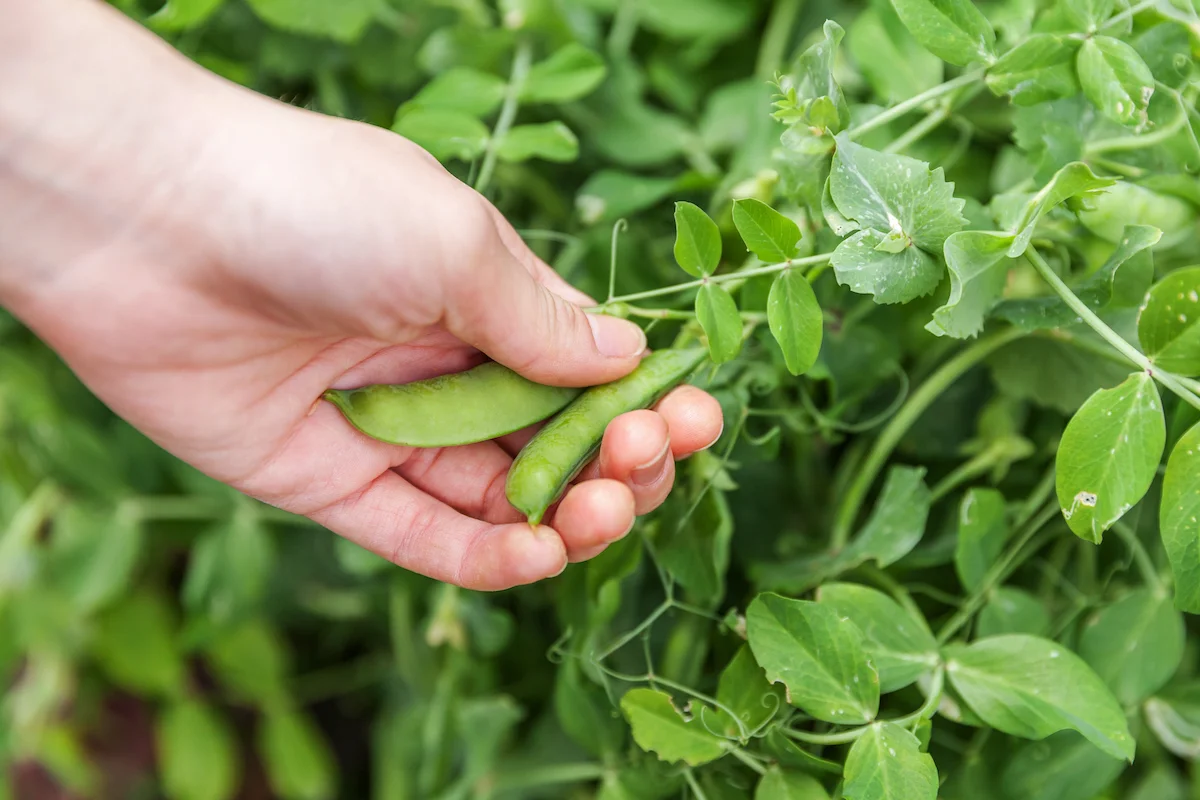
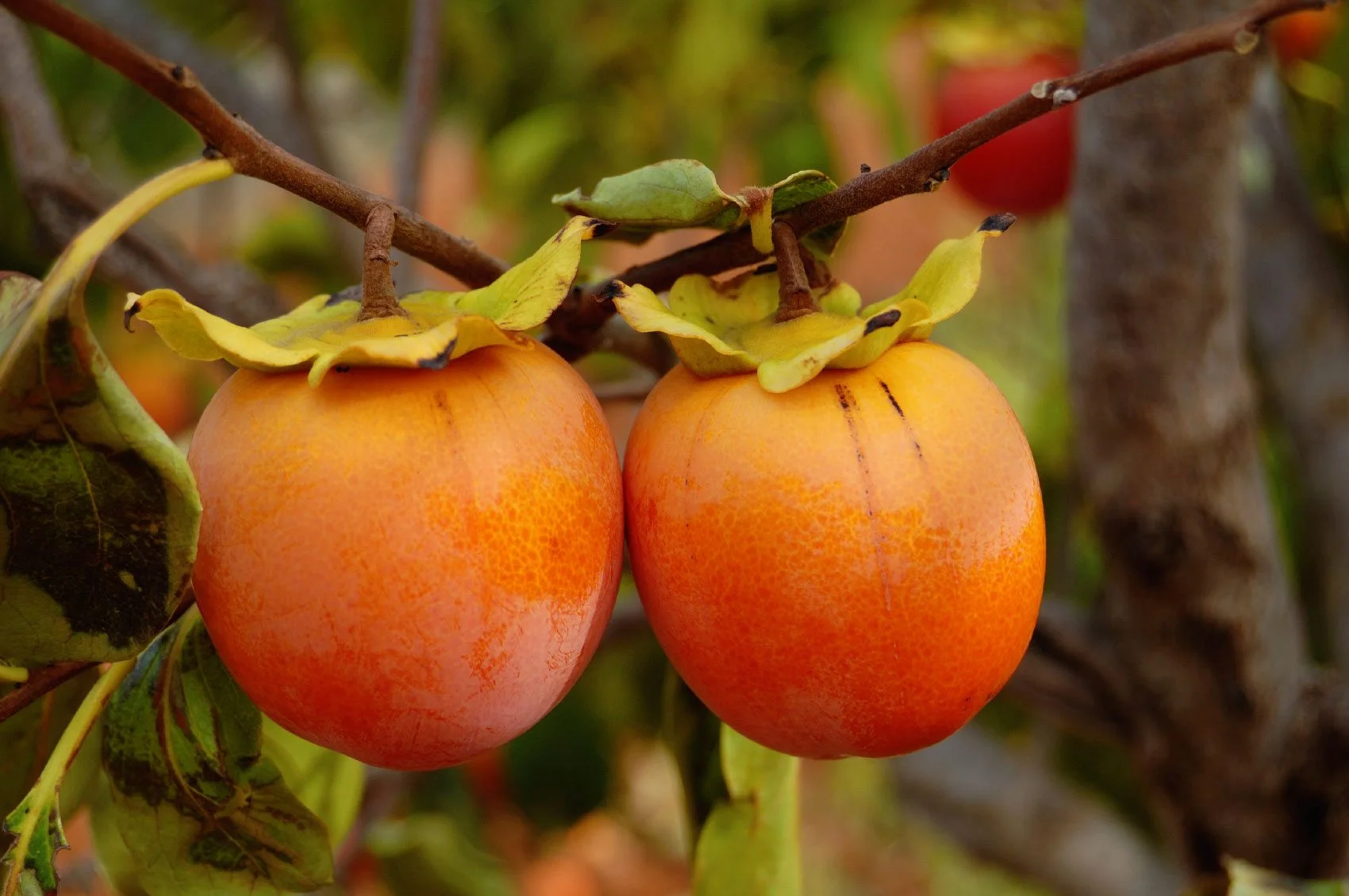

0 thoughts on “When To Plant Indian Paintbrush Seeds”